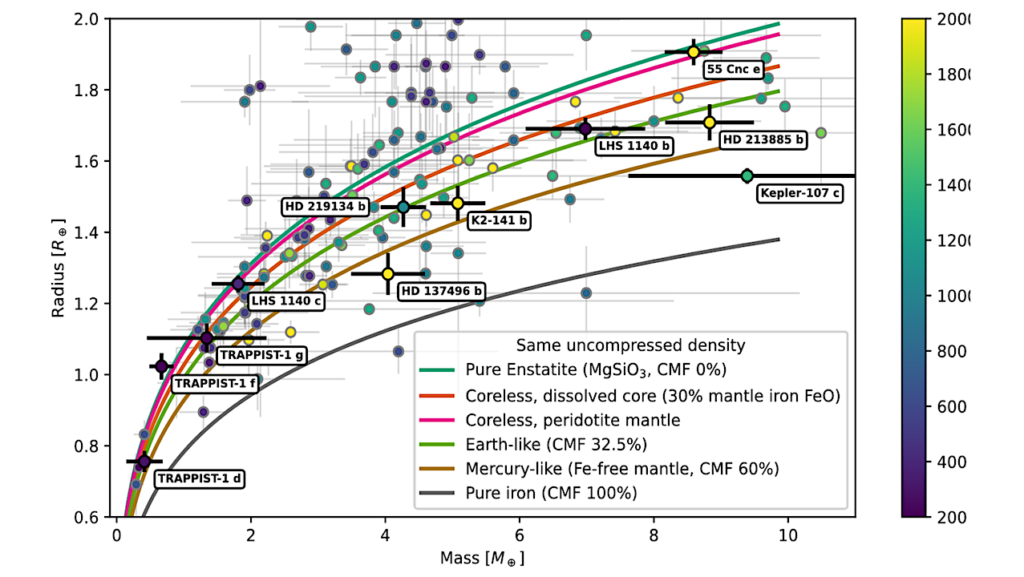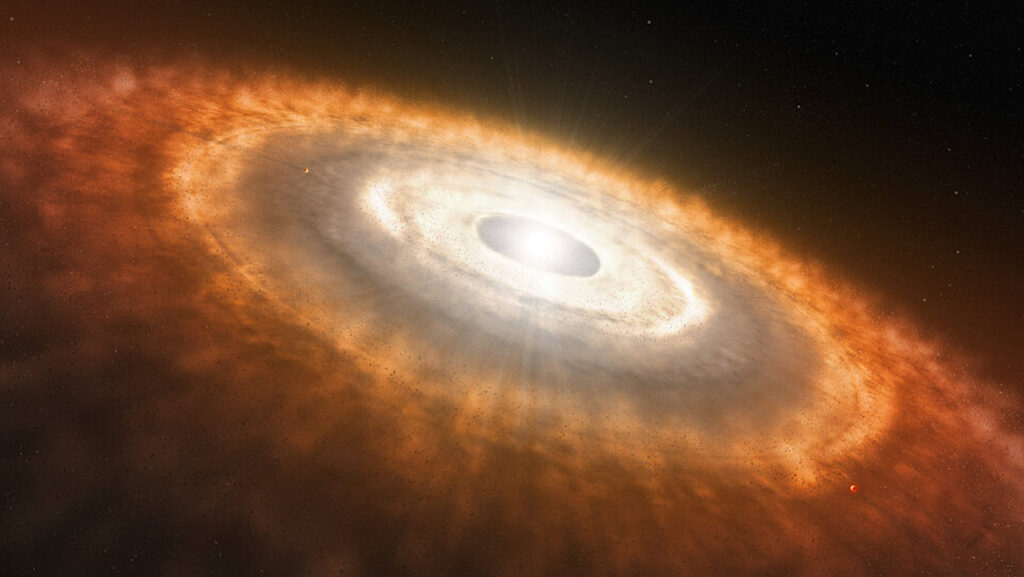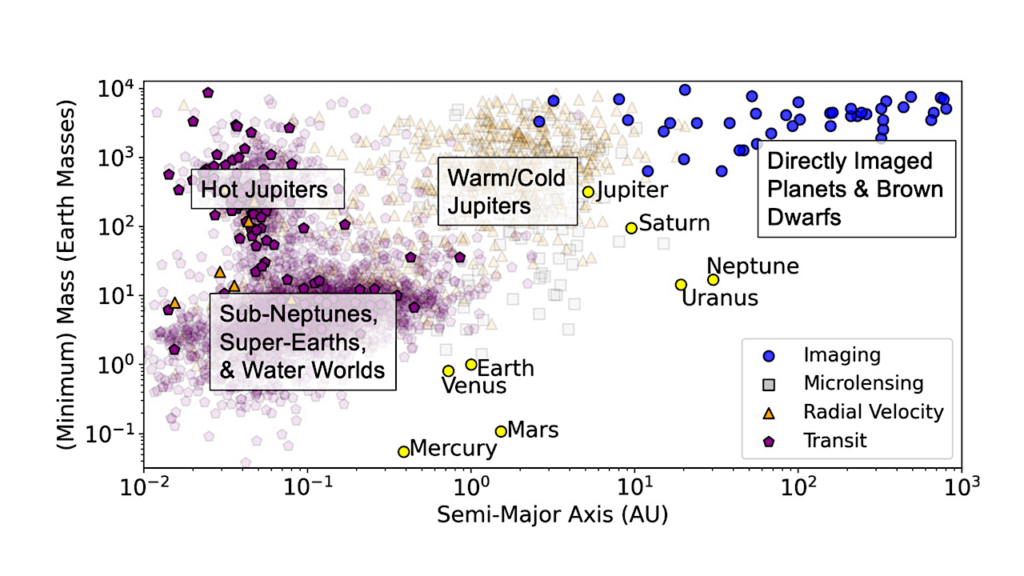The Most Common Habitable Planets III — Modeling Temperature Forcing and Surface Conditions on Rocky Exoplanets and Exomoons

Small rocky planets, as well as larger planets that suffered extensive volatile loss, tend to be drier and have thinner atmospheres as compared to Earth. Such planets probably outnumber worlds better endowed with volatiles, being the most common habitable planets. For the subgroup of fast rotators following eccentric orbits, atmospheres suffer radiative forcing and their heat capacity provides a method for gauging atmospheric thickness and surface conditions.
We further explore the model presented in a previous paper and apply it to real and hypothetical exoplanets in the habitable zone of various classes of stars, simulating atmospheric and orbital characteristics. For planetary eccentricities e ~0.3, the forcing-induced hypothetical temperature variation would reach ~80 K for airless planets and ~10 K for planets with substantial atmospheres. For Kepler-186 f and Kepler-442 b, assuming e ~0.1, temperature variations can reach ~24 K. We also consider habitable exomoons in circular orbits around gas giants within the habitable zone, which suffer radiative forcing due to their epicyclic motion.
We study several combinations of parameters for the characterization of planets (mass, eccentricity and semi-major axis) and exomoons (mass, orbital radius, albedo and atmospheric characteristics) for different stellar types. For e ~0.3, exomoon temperature varies up to ~90 K, while for ~0.6 variations can reach ~200 K. Such exomoons may plausibly retain their volatiles by continued volcanic activity fueled by tidal dissipation. Although currently undetectable, such effects might be within reach of future ELT-class telescopes and space missions with mid-infrared and coronagraphic capabilities.
Beatriz B. Siffert (1), Raquel G. Gonçalves Farias (1 and 2), Matias Garcia (3), Luiz Felipe Melo de Menezes (3), Gustavo F. Porto de Mello (4), Marcelo Borges Fernandes (3), Rafael Pinotti (5) ((1) Campus Duque de Caxias, Universidade Federal do Rio de Janeiro, (2) Instituto de Química, Universidade de São Paulo, (3) Observatório Nacional, Rio de Janeiro, (4) Observatório do Valongo, Universidade Federal do Rio de Janeiro, (5) Petrobrás)
Comments: 16 pages, 12 figures and 7 tables, to appear in MNRAS
Subjects: Earth and Planetary Astrophysics (astro-ph.EP); Solar and Stellar Astrophysics (astro-ph.SR)
Cite as: arXiv:2404.17448 [astro-ph.EP] (or arXiv:2404.17448v1 [astro-ph.EP] for this version)
Submission history
From: Beatriz Blanco Siffert
[v1] Fri, 26 Apr 2024 14:35:24 UTC (3,289 KB)
https://arxiv.org/abs/2404.17448
Astrobiology








